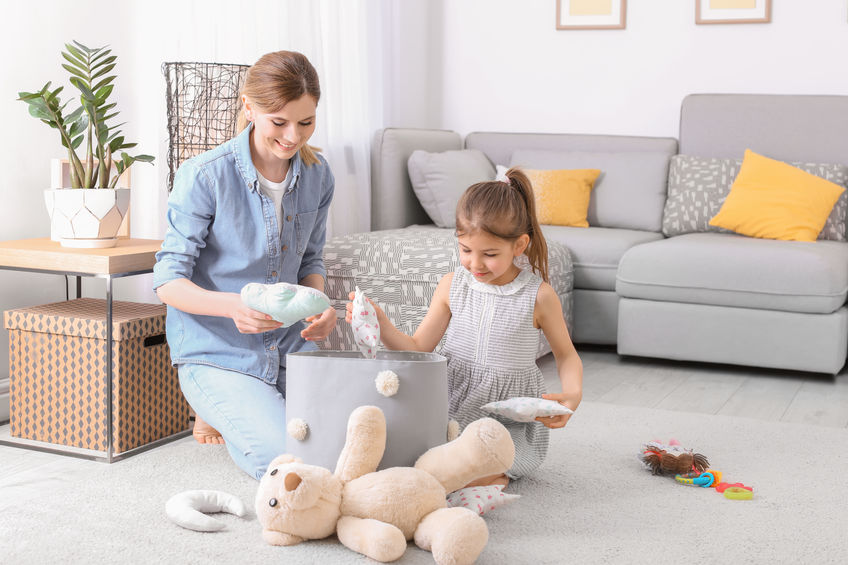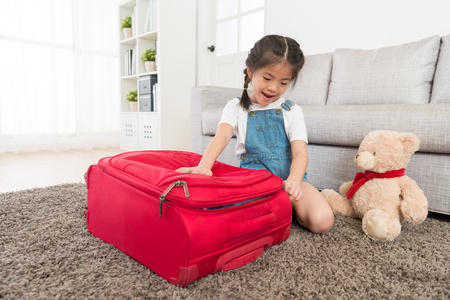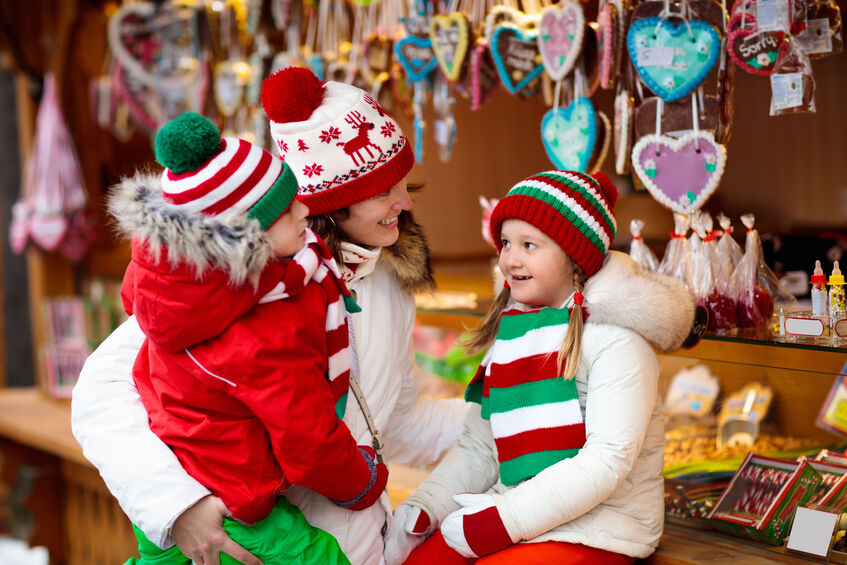
Spring is the perfect time to refresh your home and declutter your space—but doing it with kids in tow can be a bit of a challenge. From attachments to old toys to short attention spans, getting children excited about tidying up isn’t always easy. Fortunately, with a little creativity and patience, spring cleaning with kids can become a positive, even fun, experience.
Here are four parent-friendly tips to help make spring cleaning with kids a success!
1) Start Small and Keep It Simple
Spring cleaning doesn’t have to be an all-day event. In fact, breaking it up into small, manageable tasks will help keep your child engaged without feeling overwhelmed. Start with one room at a time, and give your child a clear, easy job—like separating toys into “keep” and “donate” bins. Using visual aids like colorful buckets can turn sorting into a playful activity rather than a chore.
2) Explain the Power of Giving
Children often hesitate to part with toys, even ones they haven’t touched in months. To ease this resistance, explain that their gently used toys can bring joy to another child. Let them help choose where to donate the items—whether it’s a local shelter, daycare, or family in need. Framing the process as an act of kindness helps kids feel good about letting go.
3) Create a Keepsake Storage System
Not everything has to go. Set aside a designated bin for safekeeping for sentimental items—like first drawings, favorite baby blankets, or special plush toys. Involve your child in the process and explain that while these items are important, they don’t need to live on the bedroom floor to be remembered.
4) Make Cleaning a Game
Turn cleaning into a fun activity by adding music, setting a timer, or making it a game. Challenge your child to see how many toys they can pick up in five minutes or how fast they can fill a donation box. You can also offer a reward at the end—like a trip to the park, a sweet treat, or even space for a new toy to love!
Spring cleaning is more than just tidying up—it’s an opportunity to teach responsibility, generosity, and organization in a fun, hands-on way.
When the dust settles and the shelves have space again, consider rewarding your child with a stuffable animal kit that they can bring to life. Visit The Zoo Factory online to explore cuddly companions that make the perfect post-cleaning surprise!








